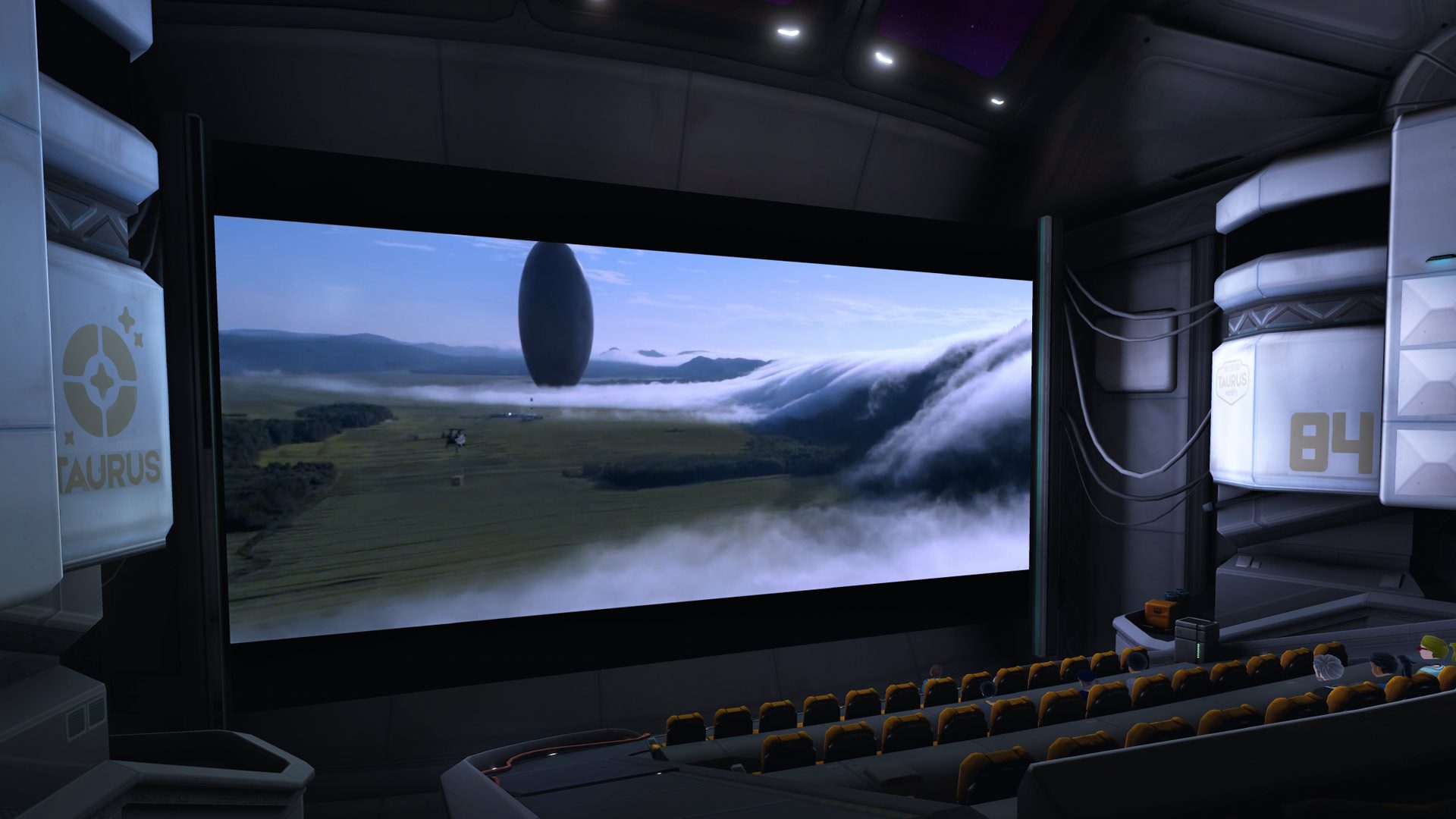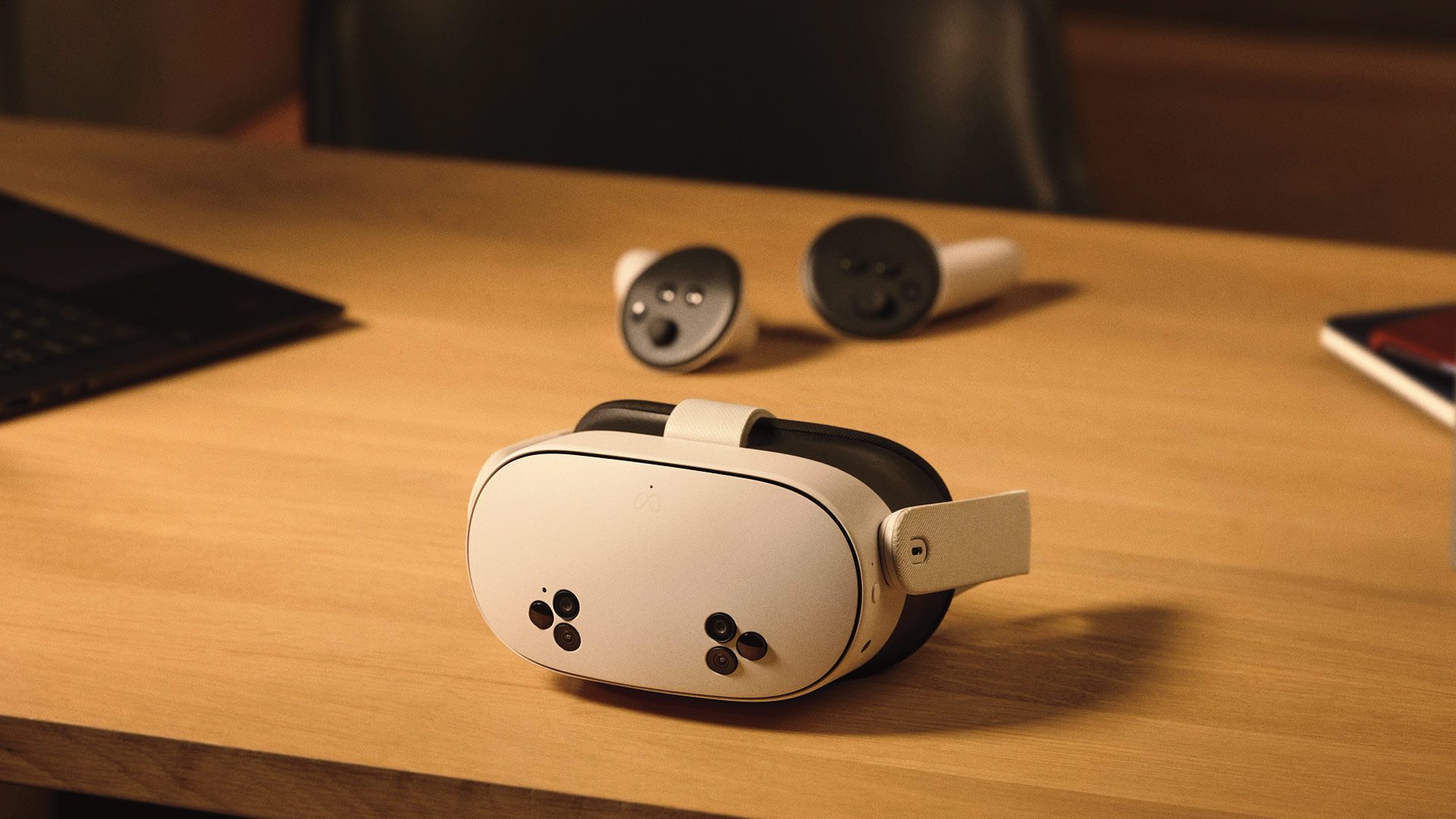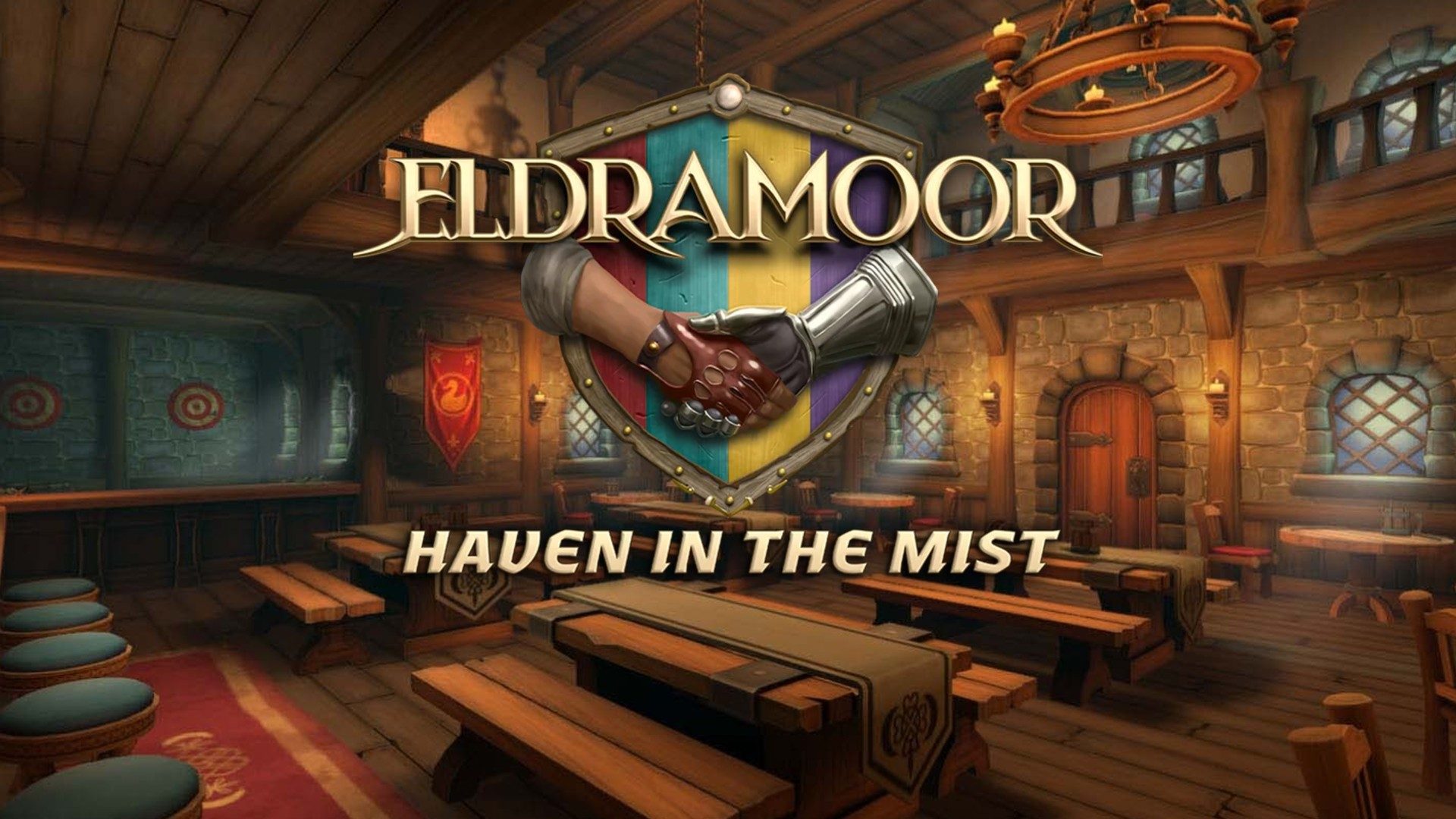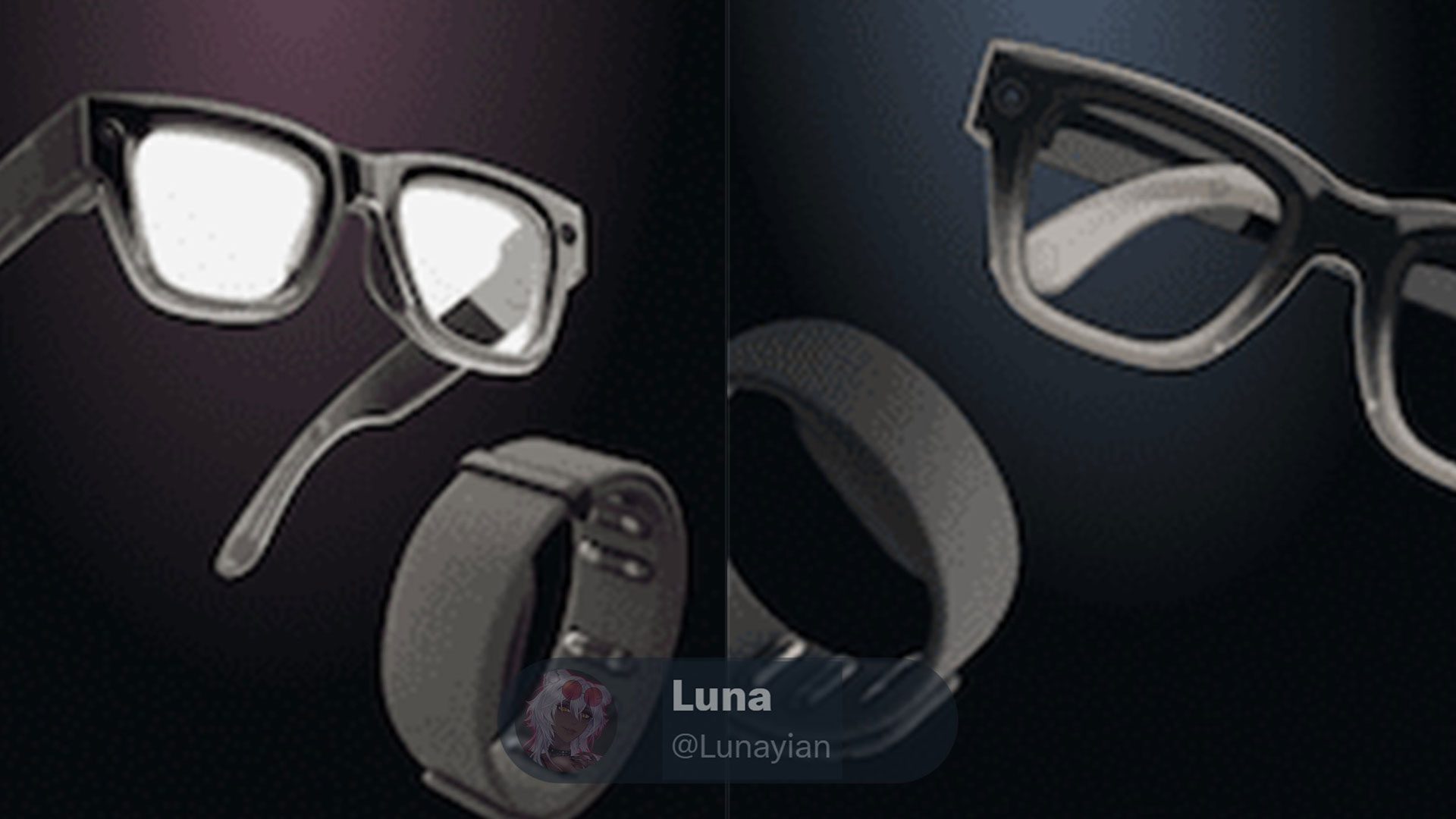During the development of this game, you spent a lot of time building its unique visuals and setting, but how did you tackle the gameplay and story that form the core of the experience?
Fukushima: When it came to crafting the core gameplay, we were really taken by Acquire’s initial concept, so we asked them to prototype it. The proposal stated: “A Mario story that’s uniquely yours. Living and adventuring on drifting islands.”
Ohashi: The idea of drifting islands struck me as exciting. You stumble upon an island, embark on an adventure, become friends with the locals… I thought it would be thrilling to link more and more islands together and build a group of allies for the adventure.
Otani: It was indeed a smart concept. In all our brainstorming sessions at Nintendo, this unique idea of connecting islands never came up. (Laughs)
Ohashi: However, the challenge was capturing that familiar “Mario & Luigi-like” vibe, so putting the drifting islands concept into practice took the backseat… While discussing ways to make this island-hopping feature enjoyable, time passed, and coming up with tangible ideas to present to Nintendo was delayed, and I suspect this caused some concern.
Otani: I’ll be honest, I was getting nervous. Fukushima-san and I kept wondering when Acquire would be ready to share their insights. (Laughs)
Fukushima: On the flip side, Ohashi-san is the type who thinks deeply and only presents a plan when he’s confident in it, so we had faith in him. Nonetheless, we held plenty of internal discussions to decide how long we should wait. (Laughs)
Ohashi: In this game, Shipshape Island is the hub for Mario and his pals’ adventures. The island sails across the ocean, approaching various other locations for adventures. But finalizing the mechanics for how this island navigates the vast ocean took some time.
Fukushima: Typically, the gameplay and story direction are determined early in development, and the finer details follow. In our case, that wasn’t the plan, which extended the timeline. Meanwhile, we worked on battles and exploration activities without certain key elements in place, like Shipshape Island’s drifting system or the game’s overall scale, including the number and themes of islands. It was like trying to catch butterflies—it required a lot of effort.
Otani: A major difference in approach between our companies emerged. For previous games in the series, we prioritized gameplay development and later crafted a storyline to support it, with the director overseeing everything. Acquire’s style involved Ohashi-san focusing on the drifting islands idea while a separate story writing team developed the narrative. However, in an RPG, the story and gameplay need to harmonize to progress.
Ohashi: The story team also faced difficulties in conveying that “Mario & Luigi-like” essence. They struggled to come up with a suitable narrative.
So how did you eventually overcome these challenges?
Ohashi: I recall our breakthrough moment. It happened when we brainstormed plot points and settled on assigning a theme to each sea. We decided the first sea would explore “family,” the second “friends,” and so on.
Fukushima: Exactly, that’s when everything started clicking under the theme of “connection.” The gameplay involved linking islands, but we also explored the connections among the inhabitants of those islands.















































